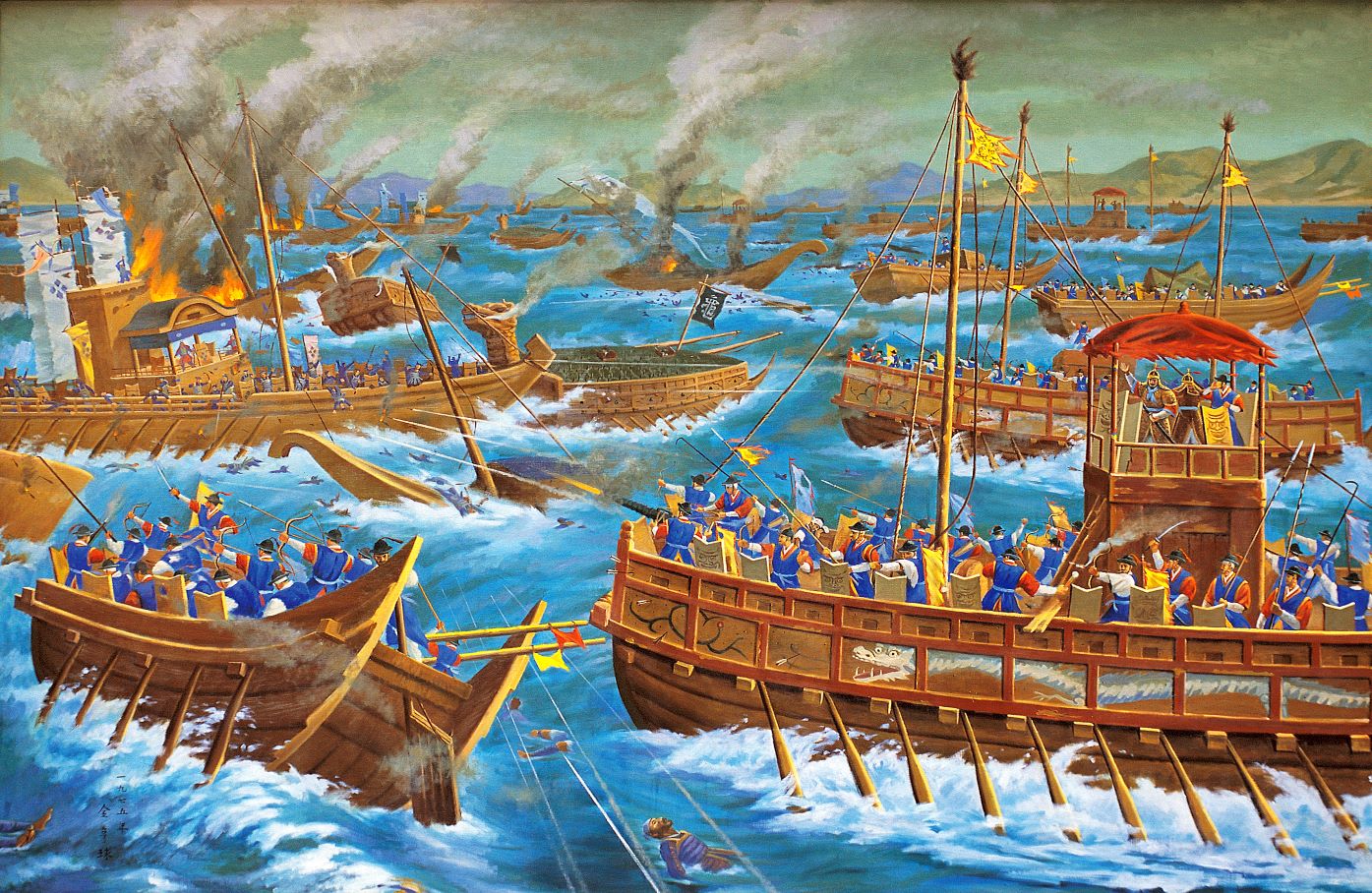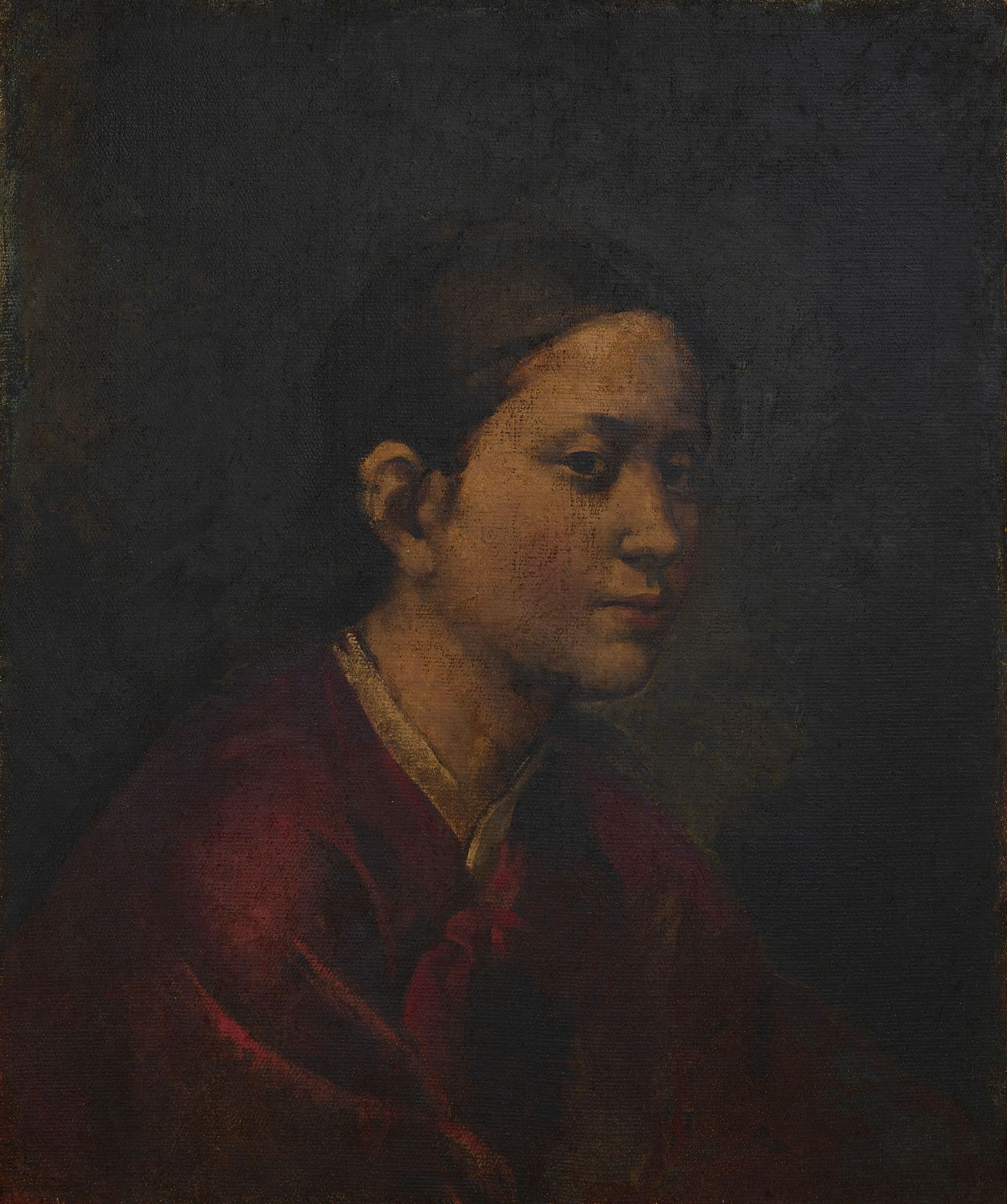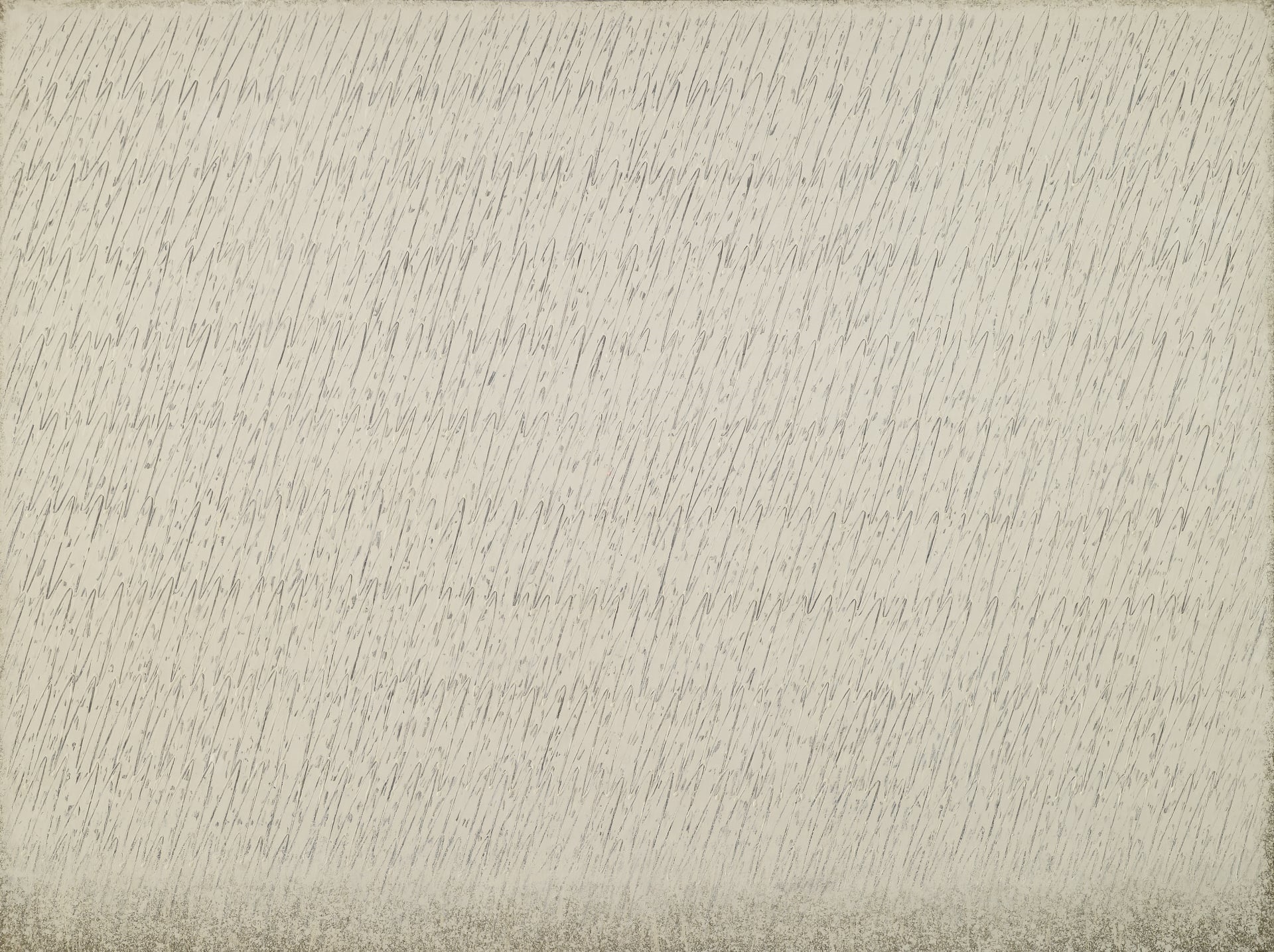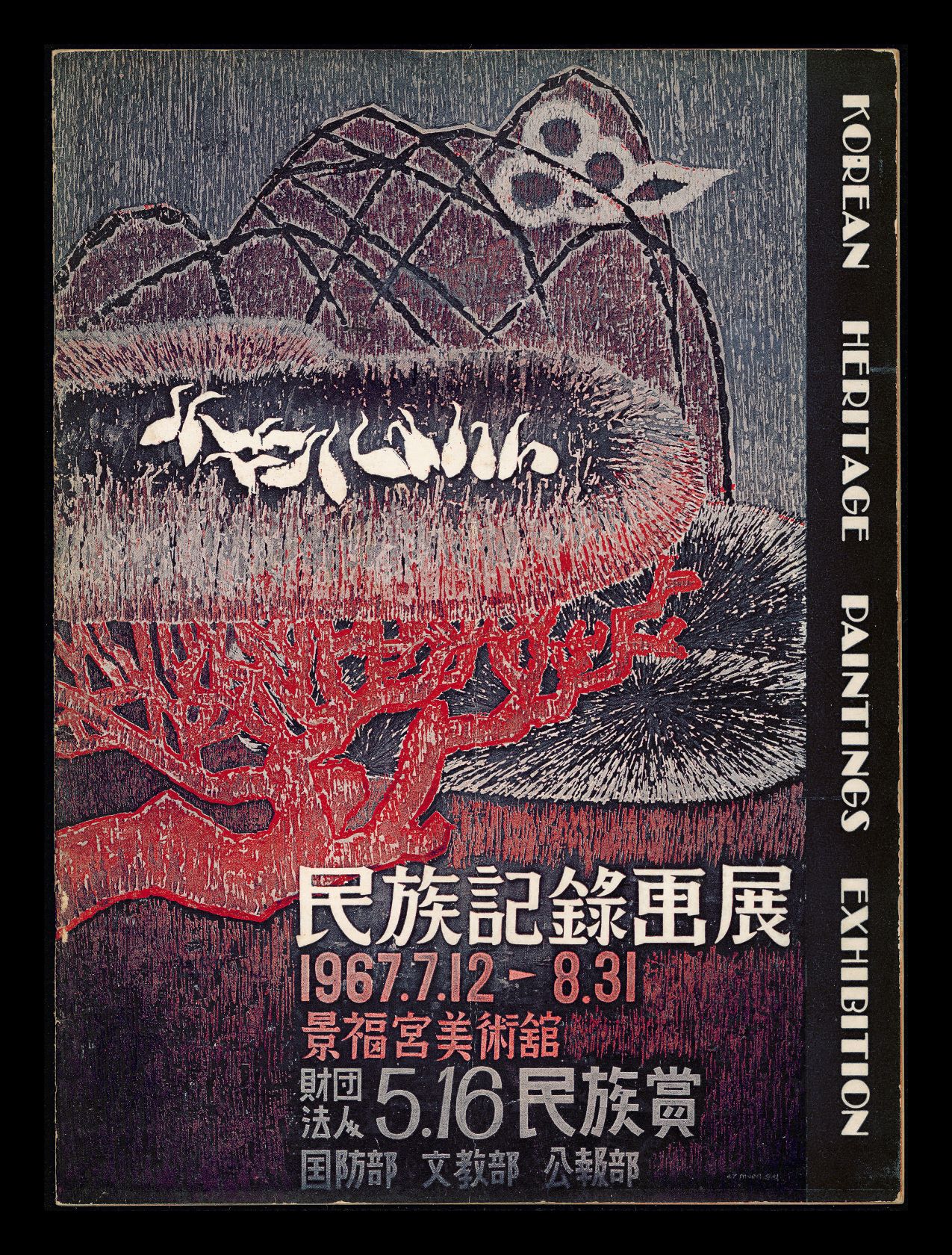
Documentary Painting: Battle of Hansan Island, The War Memorial of Korea Open Archives
History painting
* Source: Multilingual Glossary of Korean Art. Korea Arts Management Service
Find More
-

Lee Qoede
Lee Qoede (1913-1965) was born in Chilgok, Gyeongsangnam-do as the second son of a wealthy landowner family. He was strongly influenced and supported by his brother, leftist intellectual Lee Yeoseong and specialized in the history of art, clothing, and folklore. He graduated from Soochang Elementary School in Daegu in 1928, Whimoon High School in 1933, and the Department of Western Painting at the Teikoku Art School in Japan. His works, such as Fate (1938), Night Picnic (1939), and Swing (1940), were selected for the Nikakai Exhibition. After his return to Korea, he founded and led the New Artists Association and its exhibitions from 1941 to 1944. After independence, he was appointed as a committee member of the painting division at the Korean Plastic Arts Federation [Joseon johyeong yesul dongmaeng] and a chairman of the Western Painting division at the Korean Art Alliance [Joseon misul dongmaeng]. After visiting North Korea, he became a centrist and founded the Korean Art and Culture Association [Joseon misul munhwa hyeophoe]. where he was appointed as a chair. In 1948, he joined the National Guidance League. While working as a lecturer at Hongik University, the Korean war broke out, after then and he contributed to the Korean Art Alliance. He escaped Seoul just prior to the 1950 September operation to retake the city but was arrested by the South Korean army and held in prison camps in Busan and Geoje. In an exchange of prisoners, he opted to go to North Korea. In 1988, when the ban on artists who defected to North Korea was lifted, his family revealed his works, such as the People series, A Beggar, and Fate, to the public. He then was re-evaluated as one of the most significant artists in Korean modern art history.
-

Park Seo-Bo
Park Seo-Bo(1931-2023, real name Park Jaehong) belongs to the first generation of artists who received art education in Korea after Korea’s liberation from Japan. He was a leading figure in Art Informel and Dansaekhwa. He was born in Yecheon, Gyeongsangbuk-do Province. He majored in Western painting in the College of Fine arts at Hongik University and graduated in 1955. He served as a professor at Hongik University and the board president of the Korean Fine Arts Association (Hanguk misul hyeophoe). Park made his debut as a painter in 1956 through the Four Artists Exhibition that declared resistance to the National Art Exhibition and the established generation. After presenting abstract expressionist work completely different from the established art at the third Hyundae Fine Artists Association exhibition in 1958, he led the Art Informel movement until the mid-1960s. In the 1970s, he headed large-scale special exhibitions, including Independants, the Seoul Contemporary Art Festival, Ecole de Séoul, and Korea: Facet of Contemporary Art. He also played a key role in establishing “Dansaekhwa” as a style of Korean painting in the 1970s. His oeuvre can be divided into three periods. The first period (late 1950s–mid 1960s) is referred to as the Art Informel period, during which Park depicted the post-war situation with distorted and deconstructed human forms, dark colors, and rough matière, particularly in the Primordials series. During the second period (late 1960s–early 1970s), he focused on the modernization of tradition, presenting optical and geometric abstraction with five colors representing the five cardinal directions as the dominant compositional element under the thesis of hereditarus. During the third period (1970s–2023), which is known as the period of monochrome painting, he presented the Ecriture series, in which performance was fundamental to his creation. The Ecriture series can be divided into two periods: before and after year 1982. In the former period, Park repeatedly applied milky oil paint to a canvas and before it dried, drew lines with a pencil or a tool with a sharp tip, thus leaving traces of this act on the canvas. In the latter period, he used water-based paints instead of oil-based paints in an effort to more directly capture his emotions with bright hues inspired by the colors of nature. Until his death, he sought to build the identity of Korean art through various methodologies within a single thesis of ecriture and elevated Dansaekhwa to an international level.







